Cartilage And Joint Preservation
Cartilage and Joint Preservation represent paramount strategies in orthopedics aimed at maintaining joint health, preventing degeneration, and fostering optimal function throughout a patient's life. Cartilage, a specialized connective tissue covering the surfaces of joints, plays a crucial role in facilitating smooth joint movement. In orthopedics, the preservation of cartilage integrity is central to preventing conditions such as osteoarthritis, a degenerative joint disease characterized by cartilage breakdown. Various non-surgical and surgical approaches are employed to promote cartilage and joint preservation, emphasizing the importance of early intervention and a comprehensive, multidisciplinary approach. Non-surgical methods often include lifestyle modifications, physical therapy, and pharmacological interventions. Weight management, exercise regimens, and joint-friendly activities contribute to reducing stress on the joints, particularly weight-bearing ones like the knees and hips. Physical therapy aims at strengthening surrounding muscles to provide better joint support, while medications such as nonsteroidal anti-inflammatory drugs (NSAIDs) may help manage inflammation and pain associated with joint conditions. Surgical interventions for cartilage and joint preservation encompass a spectrum of procedures designed to repair, regenerate, or realign joint structures. Arthroscopy, a minimally invasive technique, is frequently employed for diagnostic evaluation and therapeutic interventions, such as debridement of damaged tissues or repair of torn ligaments. For focal cartilage defects, microfracture procedures, autologous chondrocyte implantation (ACI), and osteochondral autograft transplantation (OAT) offer targeted approaches to stimulate cartilage repair and regeneration. Joint preservation extends beyond cartilage-focused strategies to address conditions that may predispose individuals to joint degeneration. For instance, interventions like realignment osteotomies may be considered to correct malalignments and distribute forces more evenly across joints, thus reducing the risk of premature wear. Emerging technologies, including regenerative medicine approaches like platelet-rich plasma (PRP) and stem cell therapy, hold promise in promoting tissue healing and regeneration. Patient education is integral to successful cartilage and joint preservation, emphasizing the importance of early intervention, lifestyle modifications, and adherence to prescribed rehabilitation protocols. Understanding the biomechanics of joints and adopting preventive measures can significantly impact the trajectory of joint health over time. In conclusion, cartilage and joint preservation in orthopedics represent a proactive and holistic approach to maintaining joint function and preventing the onset or progression of degenerative joint diseases. From non-surgical modalities to advanced surgical interventions, the field continues to evolve with a focus on personalized care and innovative strategies to optimize joint health throughout the lifespan. These efforts underscore the commitment of orthopedic specialists to enhance the quality of life for individuals by preserving the integrity and functionality of their joints.
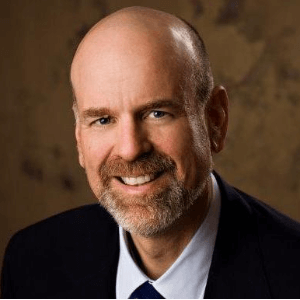
Stephen S Tower
University of Alaska Anchorage, United States
Marcos Brioschi
American Academy of Thermology, United States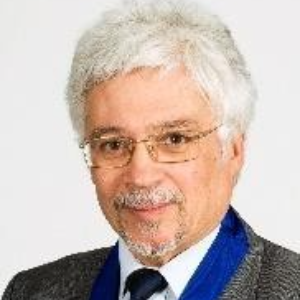
Wagih El Masri
Keele University, United Kingdom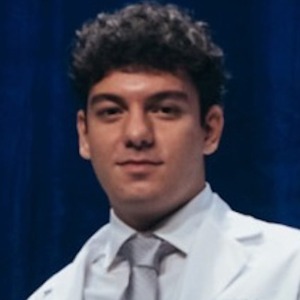
Arif Akkok
Lake Erie College of Osteopathic Medicine, United States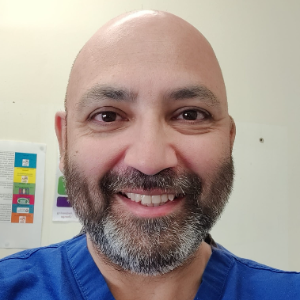
Akash Ganguly
Warrington and Halton Hospitals NHS FT, United Kingdom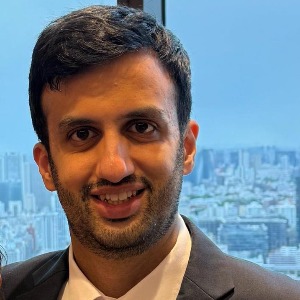
Sajid Ali
The Dudley Group NHS Foundation Trust, United Kingdom

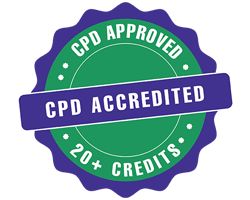


Title : The UK profemur recall and implant cobaltism
Stephen S Tower, University of Alaska Anchorage, United States
Title : The tomographic phenotype and the genotype of wormain bones
Ali Al Kaissi, National Ilizarov Medical Research Center for Traumatology and Orthopaedics, Russian Federation
Title : New treatment of muscle contracture and joint contracture through muscle regeneration with mitochondrial dynamics
Ki Ji Lee, Busan Medical University, Korea, Republic of
Title : New treatment of sarcopenia through muscle regeneration with mitochondrial dynamics
Ki Ji Lee, Busan Medical University, Korea, Republic of
Title : The prevalence and association of self-reported depression symptoms with musculoskeletal pain and quality of life among pregnant women
Youssef Masharawi, Tel Aviv University, Israel
Title : Bipolar hemiarthroplasty under local anesthesia (2%)
Ketan Karabhai Parmar, Aayush Multispecialty Hospital, India